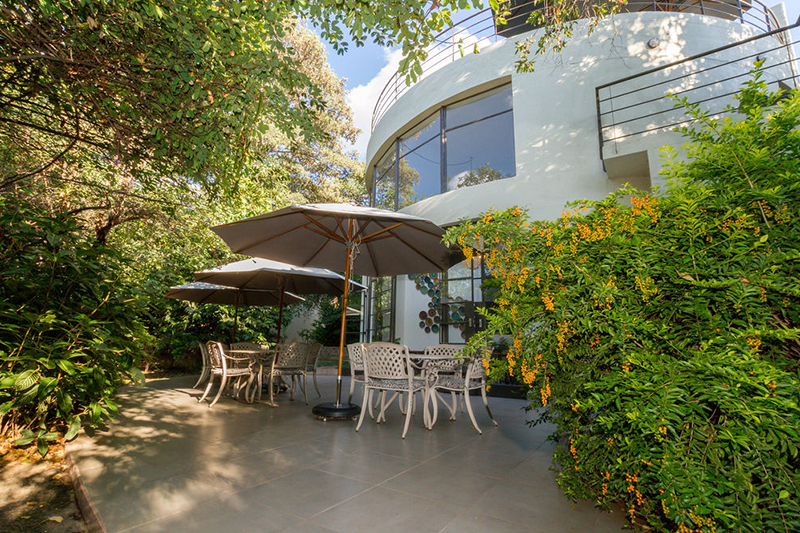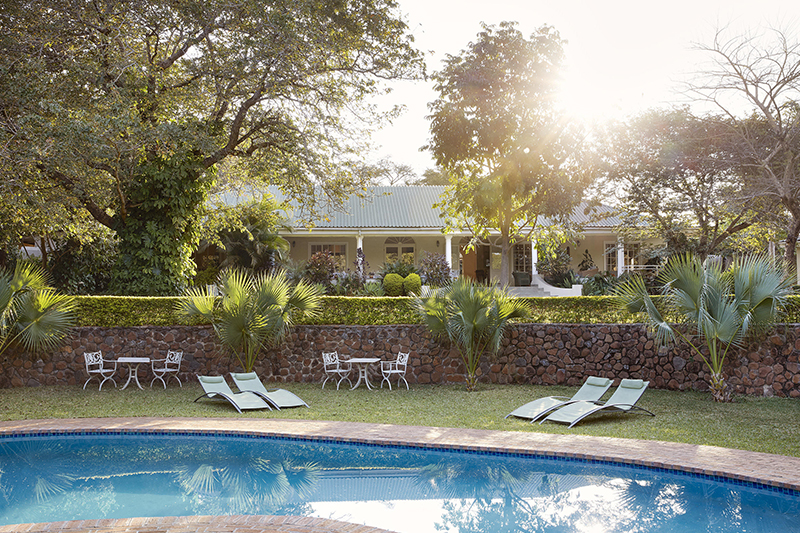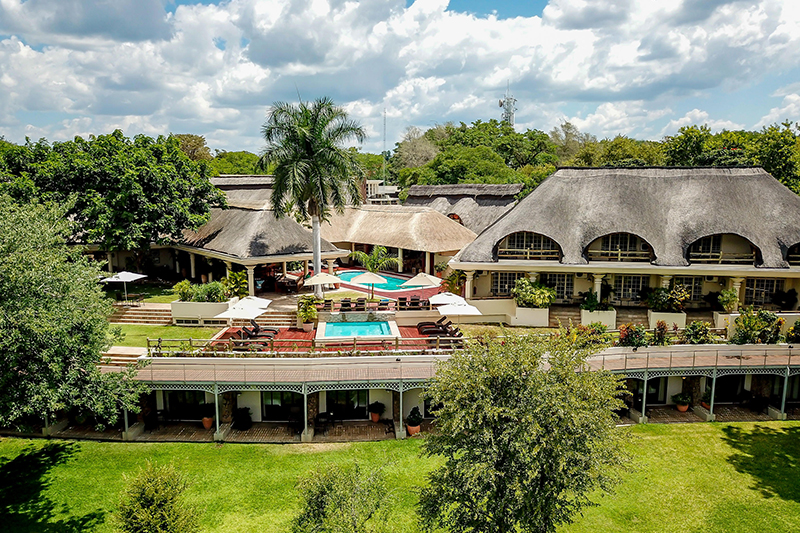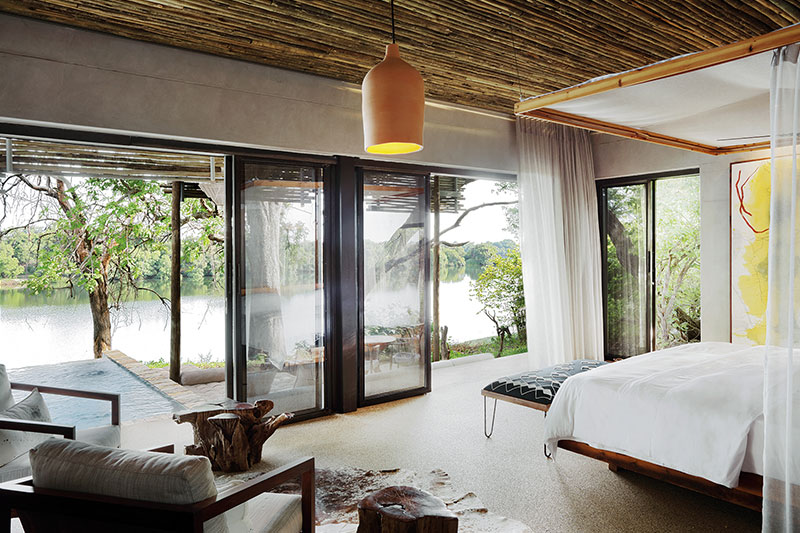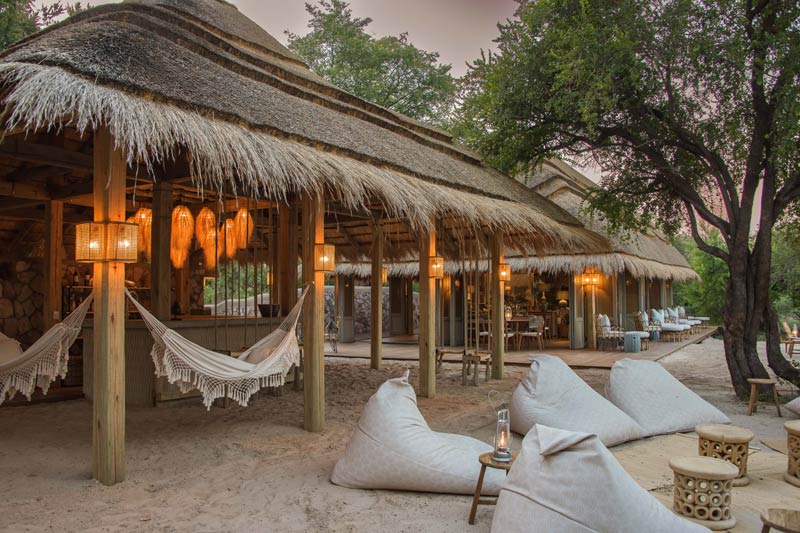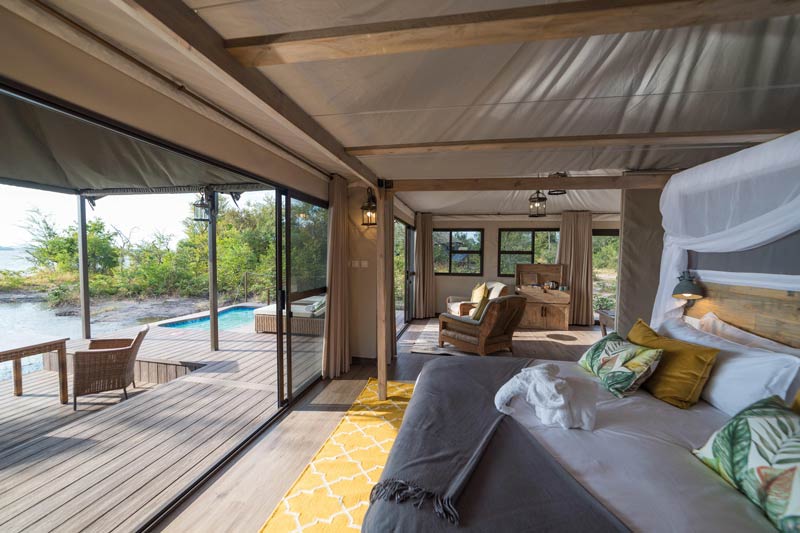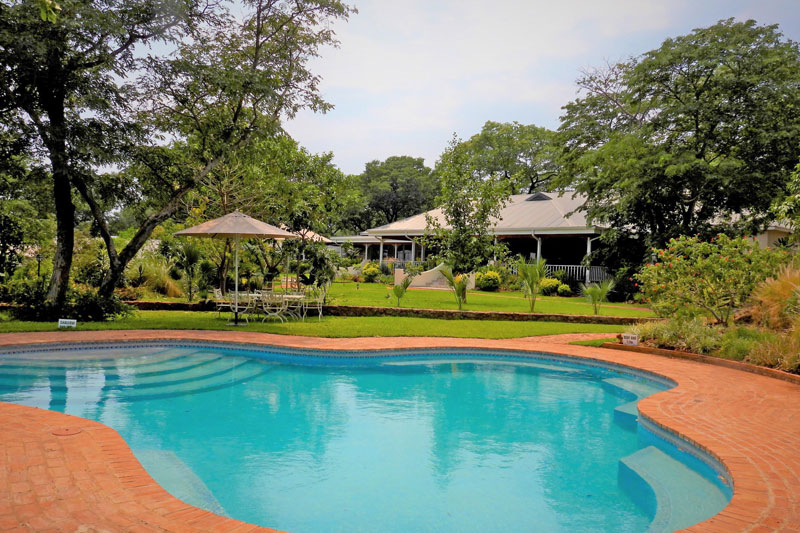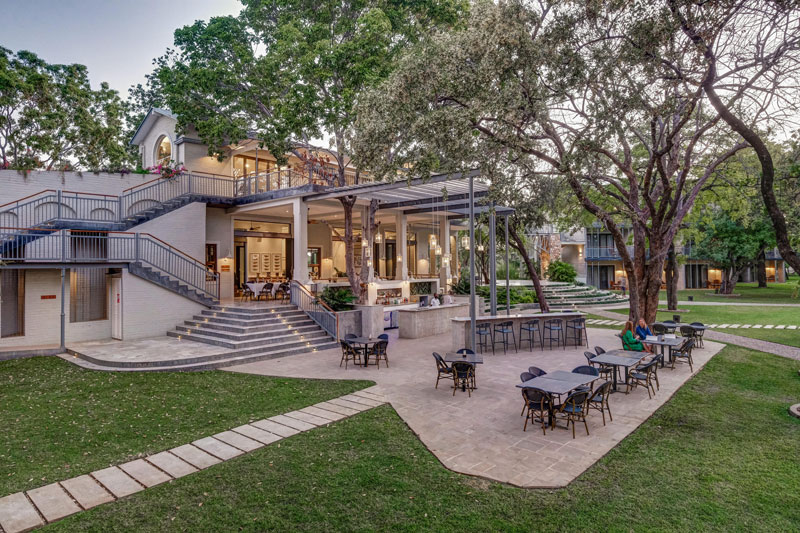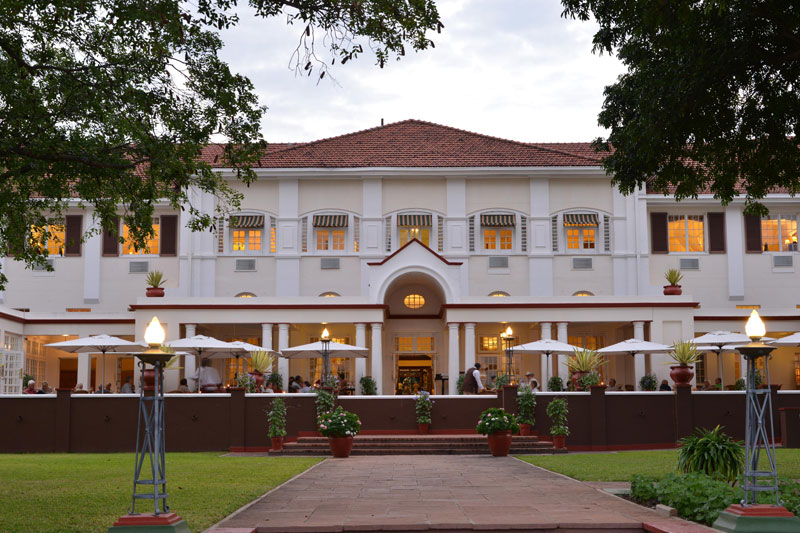Victoria Falls and the Zambezi National Park
The spectacular Victoria Falls are one of the seven Natural Wonders of the World.
They were discovered in 1855 by David Livingstone who later wrote, “no one can imagine the beauty of the view from anything witnessed in England. Scenes so lovely must have been gazed upon by angels in their flight.” He named them after his Queen, for the first and only time deviating from his practise of naming places and features after their local native names, in this instance “Mo ku sa tunya mosi” (nowadays shortened to mosi au tunya – ‘where there is always smoke rising’).
Spanning a width of some 1700 metres, the waters of the mighty Zambezi actually plunge down five distinct waterfalls, separated by islands which account for just over 300 metres of the total span, into the narrow gorge which forces the spray upwards. The average height is just under 100 metres. During the peak flood season (March to May), the flow increases to some 33,750,000 cubic metres a minute.
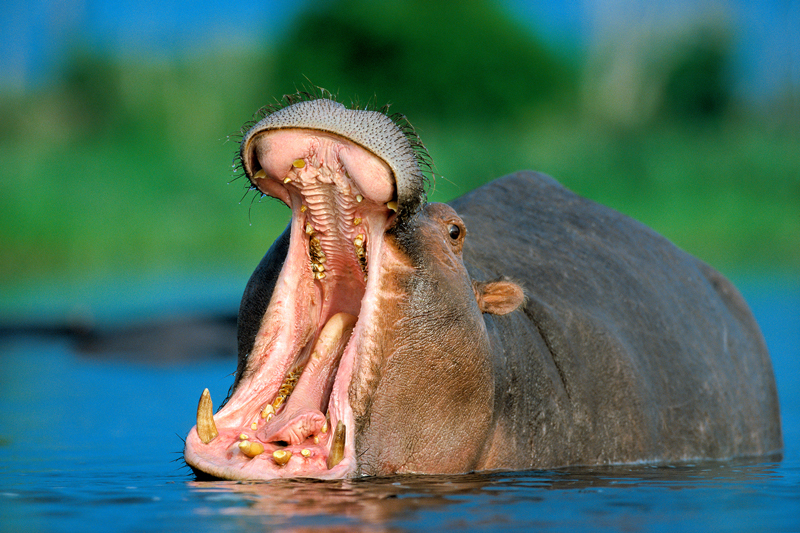


The Falls are best viewed from the Zimbabwe side as it is possible to walk along much of the gorge frontage. The Victoria Falls National Park is small but moisture from the spray from the falls creatures a lush forest close to the falls, where birdlife, baboons and vervet monkeys can be seen. Although the thundering waters are impressive during the peak flow period, you will get soaked by the spray and visibility can be limited. The full extent of the Falls is perhaps best seen once water levels have dropped a little in late May/ June. From August to January it is usual for a large section of the falls (on the eastern side) to become ‘dry’, though the main falls and Devil’s Cataract on the western edge flow impressively year round.
It is also possible to view the falls from the Zambian side, a highlight of which is to visit Livingstone Island next to the main falls. This is usually possible once water levels of have dropped, from July through to January, and as well as being able to stand right next to the falls, it is also possible to swim in Devil’s Pool on the lip of the falls – a unique perspective on the falls!
Another great way to view the falls is from the air, and it is possible to undertake a ‘flight of angels’ over the falls, either by helicopter or microlight.
Victoria Falls Town has grown up next to the falls and offers a wide range of accommodation options and extra activities such as sunset river cruises, white–water rafting and bungee jumping off the Victoria Falls bridge.
Beyond Victoria Falls National Park to the east, following the Zambezi River all the way to border with the Botswana, is natural bush where big game can be encountered. This region is known as the ‘Upper Zambezi’ and comprises of the Zambezi National Park, Matetsi Safari Area and the much smaller Imbabala concession. Although these areas are recovering from years of poaching, and do not offer prime big game viewing, they do offer a wonderful Zambezi River experience with great birding, and in the dry season the river attracts good concentrations of game, especially elephants.
Generally game concentrations increase further away from Victoria Falls and closer to the Botswana border, beyond which lies the vast Chobe National Park, so for game viewing we tend to recommend Imbabala or Matetsi ahead of Zambezi National Park. However the main attraction of the area is the river experience where boat safaris, fishing and canoeing are all possible.



